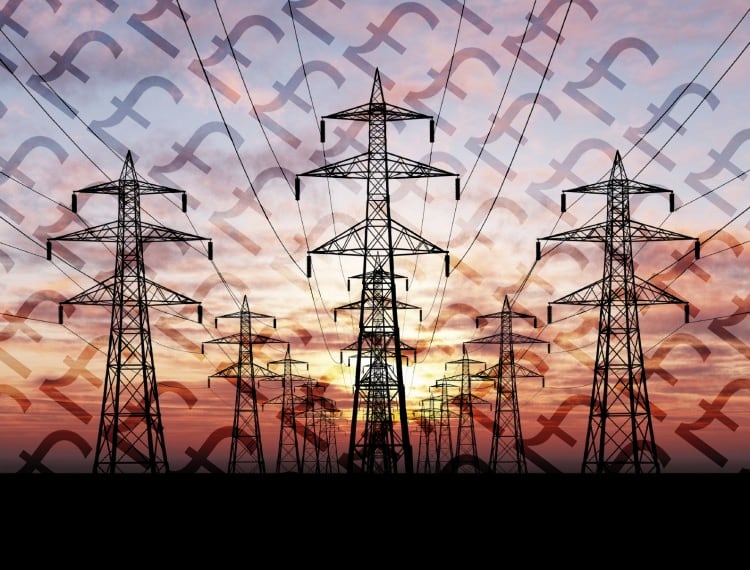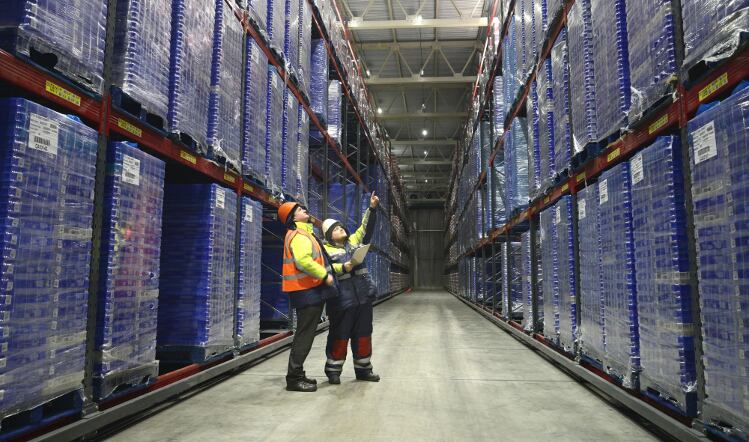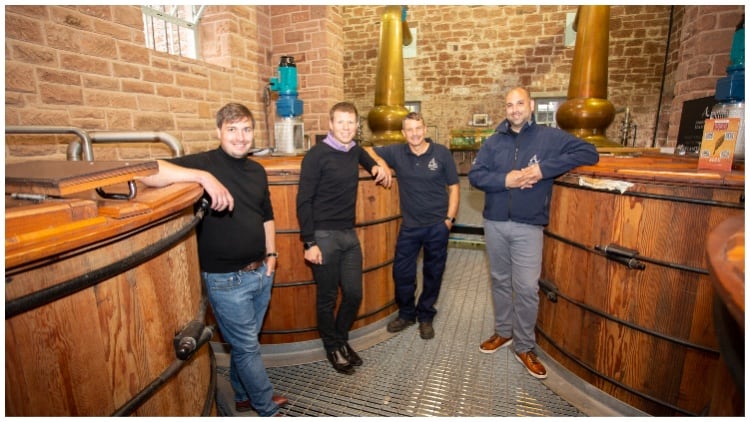Food and drink manufacturers are under huge pressure to reduce energy usage.
The impact of rising energy costs on companies’ finances – at a time when the cost of virtually every ingredient and raw material is rising – is one big driver. The other is the legal requirement for UK businesses to cut emissions by 50% by 2030 and be net zero by 2050.
And, when it comes to meeting emissions targets, the food and drink sector is a particular target because of the large proportion of the UK’s overall emissions it generates.
According to research by the Waste and Resources Action Programme (WRAP), producing and eating food and drink accounts for 35% of total UK emissions, including those generated overseas through imported goods.
Of course, much of this figure is generated by agricultural activities in the supply chain. While there are things manufacturers can do to make a positive difference here by using their buying power to drive change, it is not all directly under their control.
However, where they can make a big difference in the short to medium term is in the way they manage energy at their own manufacturing sites.
Energy saving quick wins
There are some relatively simple steps that could make big energy spend and emissions savings at food and drink production sites across the country.
For example, automated building control systems, insulation and fabric improvements – such as new roofing and glazing – are all areas where businesses can move quickly.
Of course, not all these changes need to be made in one go. An iterative approach to energy efficiency will be more affordable, especially for businesses operating across multiple locations. Small, single-site trials of different options will help these companies identify which improvements have the biggest impact and should be rolled out as priority measures.
Switching to hydrogen-ready combined heat and power (CHP) solutions – which involves installing a gas-fired generator to produce both electricity and heat – gives manufacturers the opportunity to make immediate and rapid energy efficiency gains.
CHP’s are a highly efficient means of heating and powering a plant because it captures the heat created by the electricity generation process which can be deployed to warm buildings. Further, Centrica will invest, build, and operate which provides you with guaranteed savings while achieving your planet goals.
Furthermore, modern CHP installations are hydrogen-ready and further down the line – when the planned hydrogen distribution networks become a reality – early adopters will find it more straightforward to reap the benefits of hydrogen, as they will already have the required infrastructure.
Then there’s ‘tribrid’ energy generation. This is a more ambitious option already being deployed by some energy intensive businesses. It combines H2CHP’s with solar installations, battery storage and heat pumps, adding significant efficiencies to on-site energy management.
Implementing this combination of technologies will allow a food manufacturing site to maximise both energy security and efficiency all year round, no matter the weather conditions.
During times of the year when solar energy is plentiful and the need for heating is reduced, the solar PV and heat pump combination – backed up by battery storage to smooth out peaks and troughs in generation – would cover most of the energy and climate control needs. The CHP would then only be needed in the colder months of the year, driving further emissions and financial savings.
Battery storage
Storing power on site is already playing a much bigger role in energy management for many businesses and this is set to continue, thanks to the multiple benefits the latest generation of battery storage technology can deliver.
For those sites that install on-site renewables, accompanying battery storage allows the power to be used whenever it is needed, without being limited to times when output from energy generators such as solar panels is at its highest.
But the applications of battery storage don’t end there. For facilities that get their power directly from the grid, batteries allow power to be purchased at off-peak times when costs are lowest and it can then be used to deliver power to the facility at times when energy prices are higher. This can result in reductions in energy bills.
Additionally, by decoupling the timings for consumption of power and importing it from the grid in this way, food and drink manufacturers will be able to participate in demand-side response (DSR), the National Grid’s initiative to help balance supply and demand by incentivising consumers to reduce usage at key times.
Facilities that take part can receive financial incentives for reducing the amount of power they draw from the grid – or feeding stored or generated energy back into it – at times of peak demand.
An urgent need for action
While the net zero targets are still several years away, businesses will only be able to meet them by acting now, even if that action mainly takes the form of putting a serious decarbonisation plan in place.
It’s imperative that food and drink manufacturers don’t kick this challenge into the long grass.
Case study: CHP delivers efficiency and sustainability gains for major food producer
Food manufacturer Moy Park wanted to increase energy efficiency at its production site at Craigavon, Northern Ireland to save cost and improve its sustainability credentials.
It worked with Centrica Business Solutions to install a CHP facility that uses natural gas to generate electricity and hot water, along with a system to recover energy from hot exhaust gasses.
The installation has cut CO2 emissions at the plant by more than 1,000 tonnes per year, equivalent to taking 350 cars off the road.
As well as delivering on its sustainability and efficiency objectives with the new CHP, the business has also improved its energy security position by reducing its dependence on electricity served by the grid.




